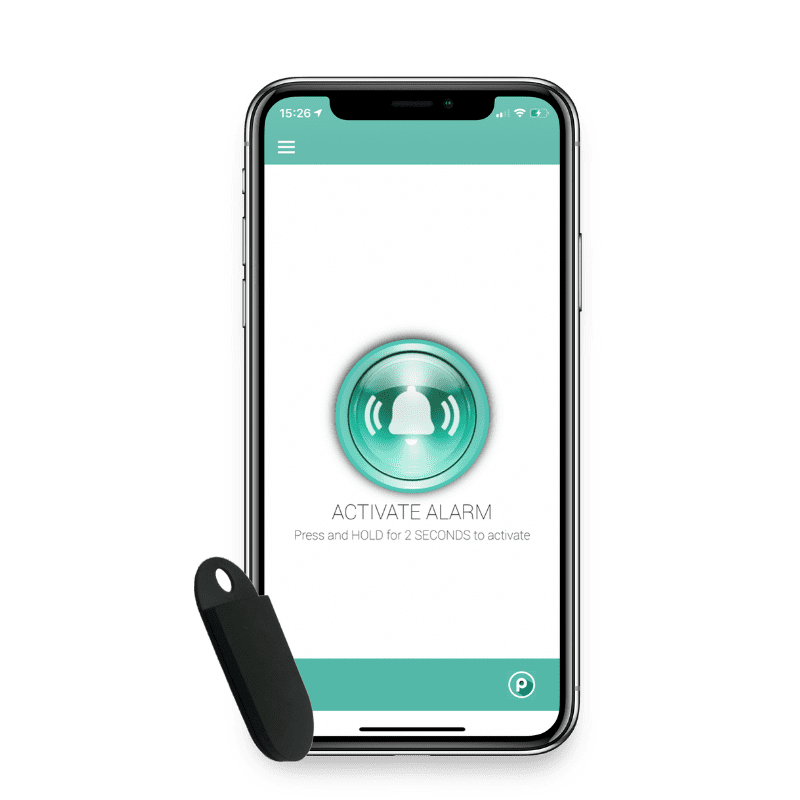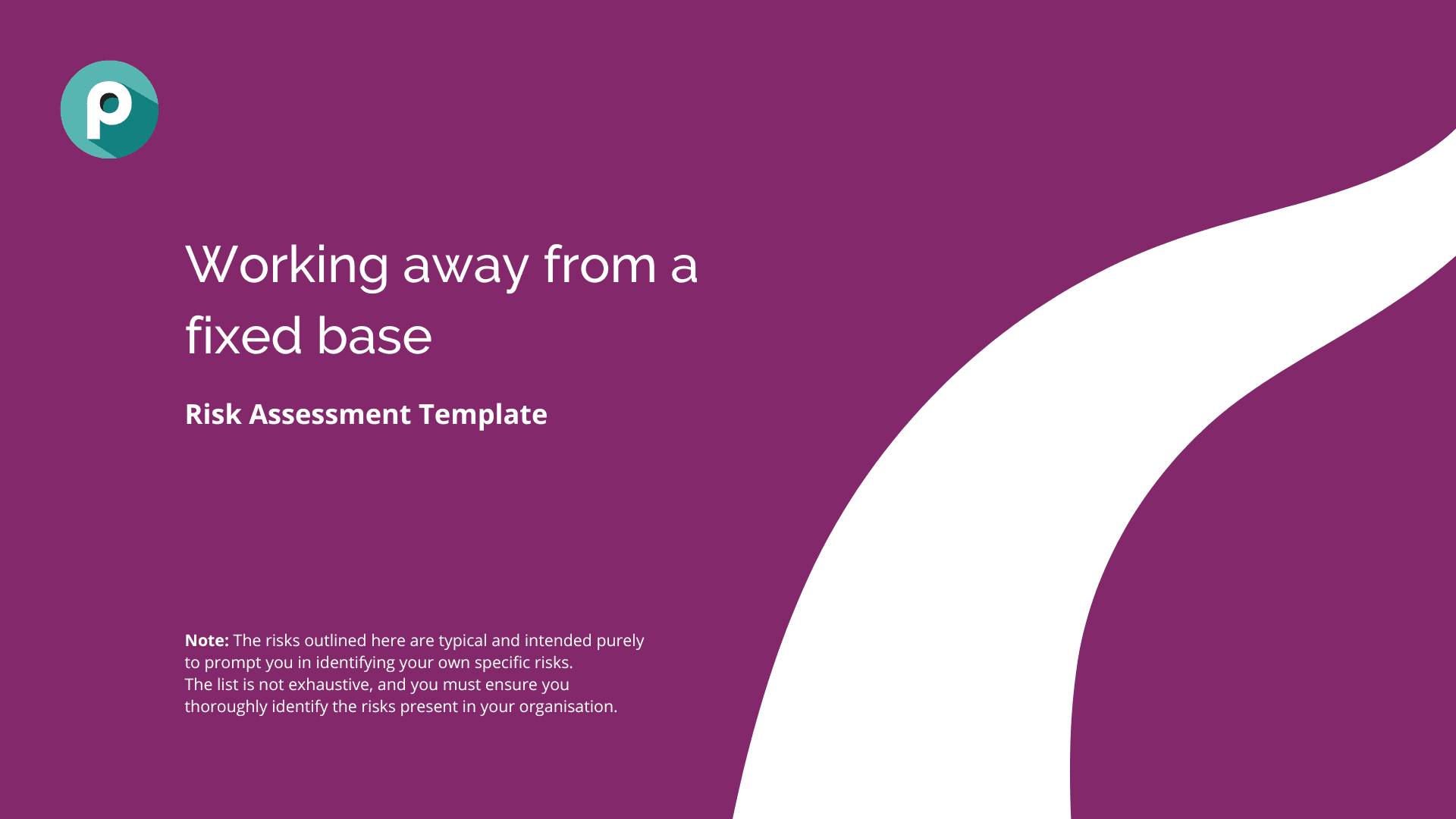Social work risk assessment
As a public-facing role, social workers are at an increased risk of unpredictable, potentially aggressive behavior from those they are working with to support, or those around them.
The fact that the home visits are often conducted alone only heightens this risk, as assailants are more likely to verbally or physically lash out if there is only one person present.
Figures released by GMB Union revealed that there were more than 6,000 violent attacks on care workers during 2013-2018, a figure that’s feared to be higher by the HSE, as incidents are often under-reported.
How to manage risk in social work
The first step is to indentify the risks, so you can put control measures in place to mitigate against them. You can do this with a risk assessment, which categorises the type of risks social workers face, and then scores them on severity and likelihood using a matrix.
How long does a social work risk assessment take?
Actually writing your social work risk assessment can take no time at all, even less if you use our “working from a fixed base” template below as a starting point.
But the work in identifying the hazards, understanding who’s at risk, and the control measures to mitigate these risks is the essential groundwork you need to put in before putting pen to paper, or fingers to keyboard.
If you need some guidance in these first steps, take a look at our five steps to a risk assessment, where we’ve gathered insight from the HSE and Health and Safety managers to give you all the resources in one place.
Questions you’ll want to ask during your social work risk assessement
As a starting point, you should consider the following:
- Who is at risk and how?
e.g. Social workers conducting home visits on their own.
- How are you currently managing these risks?
e.g. A buddy system
- Do you need additional measures?
e.g. A more efficient way of communicating if something is wrong, as the buddy system is vulnerable to human error.
- Who’s responsible for actioning these measures?
e.g. The manager is to look into communication systems, and ensure adequate training, but the lone worker needs to follow a lone worker policy to use the system correctly.
- What’s the deadline for having these measures in place?
e.g. Immediately if current measures are deemed inadequate. Other arrangements should be made in the meantime to ensure the lone worker’s safety, such as working with a colleague.
Download your free risk assessment template below
The template below caters for those working away from a fixed base, making it a good starting point in exploring the hazards around social work.

Next steps in social work safety
Our PG Smart lone working app is easy to use, and comes with risk-reducing features including:
- SOS Alarm
- Fall Detection
- Pre-Alert
- Time at Risk
- Bluetooth trigger alarm pairing

